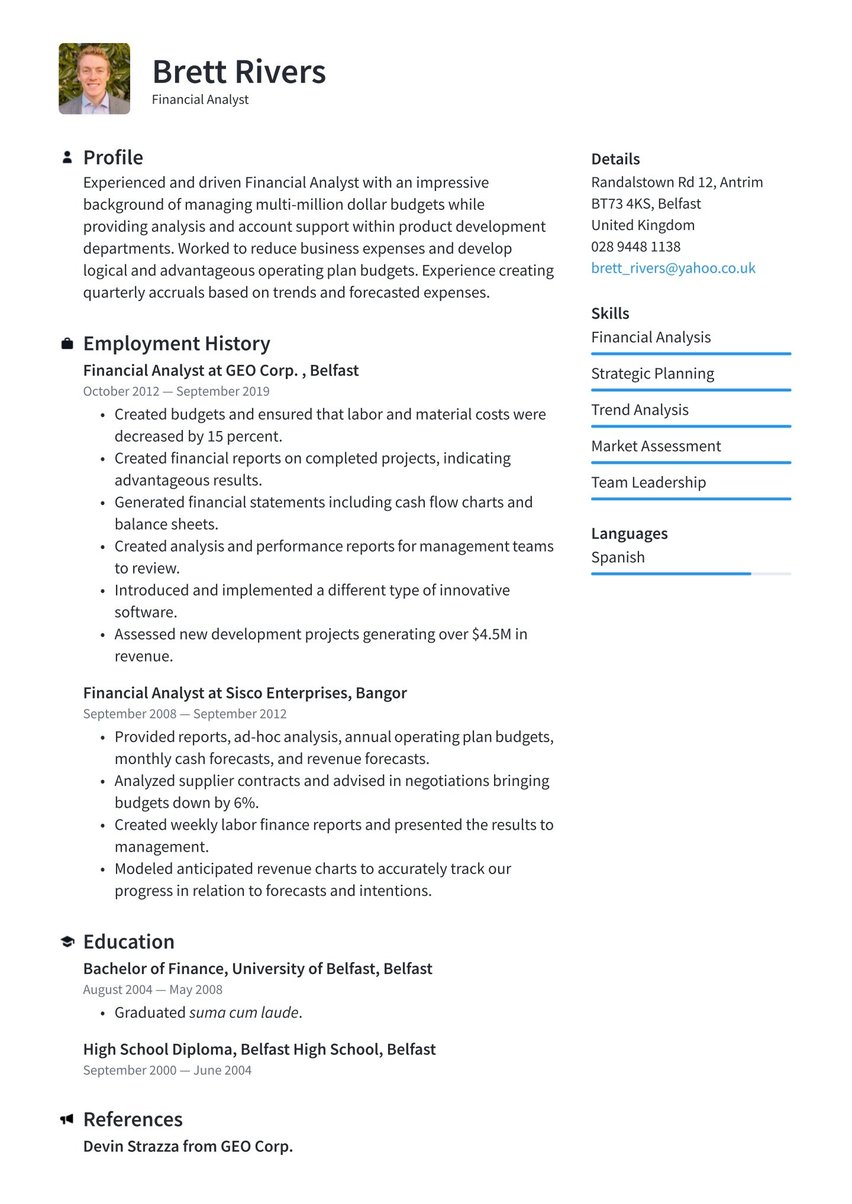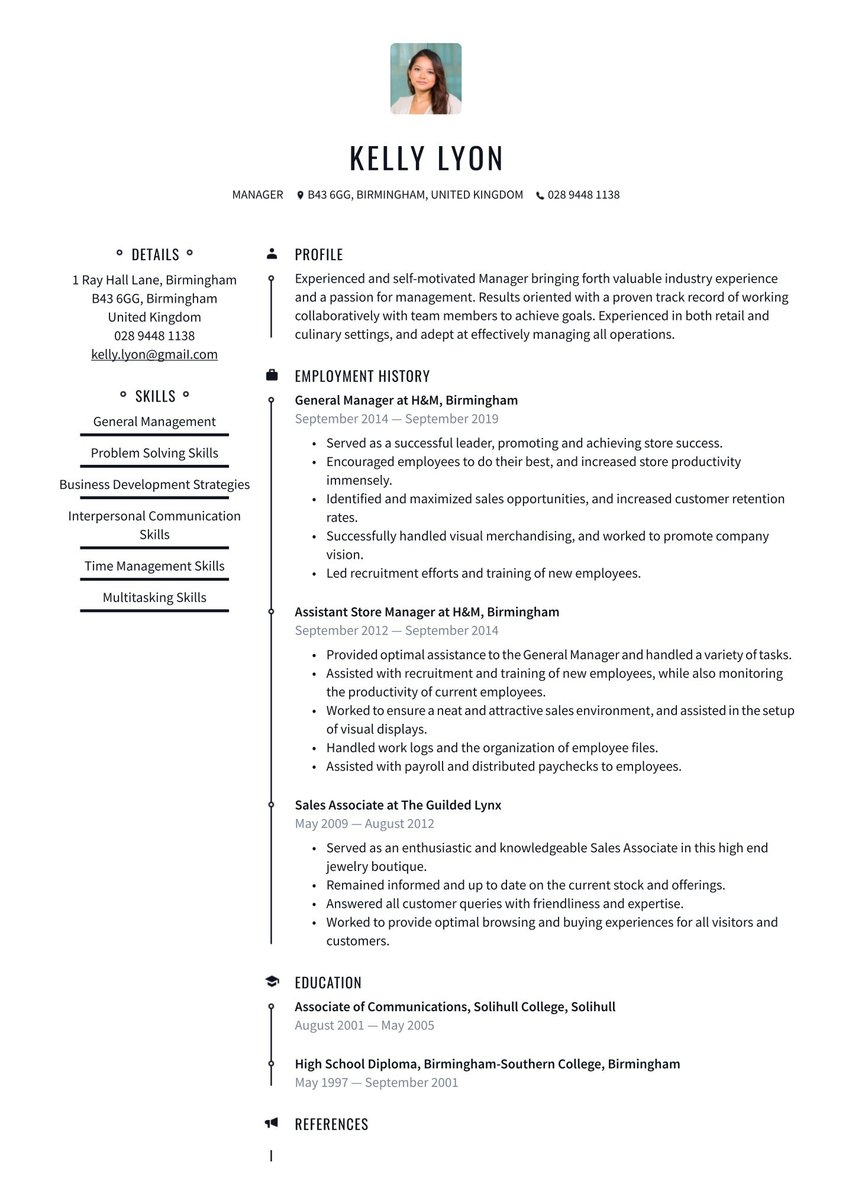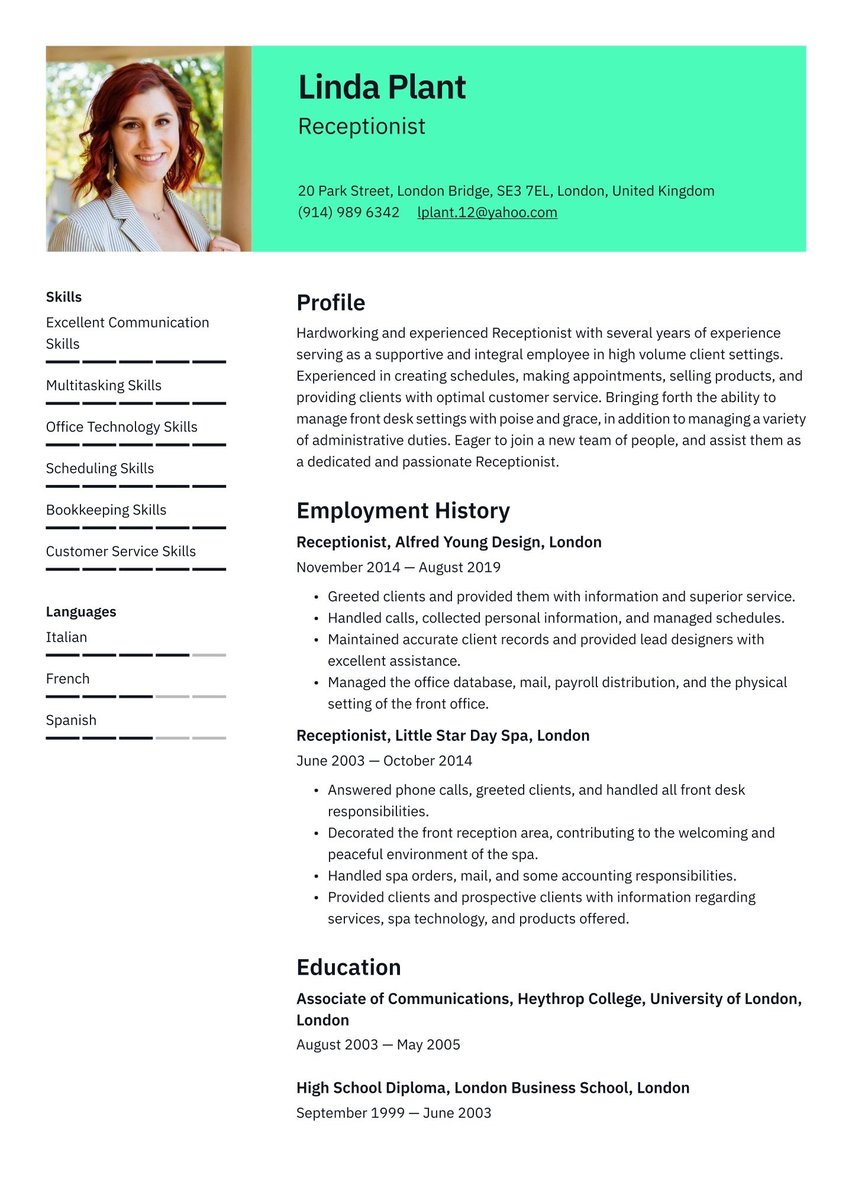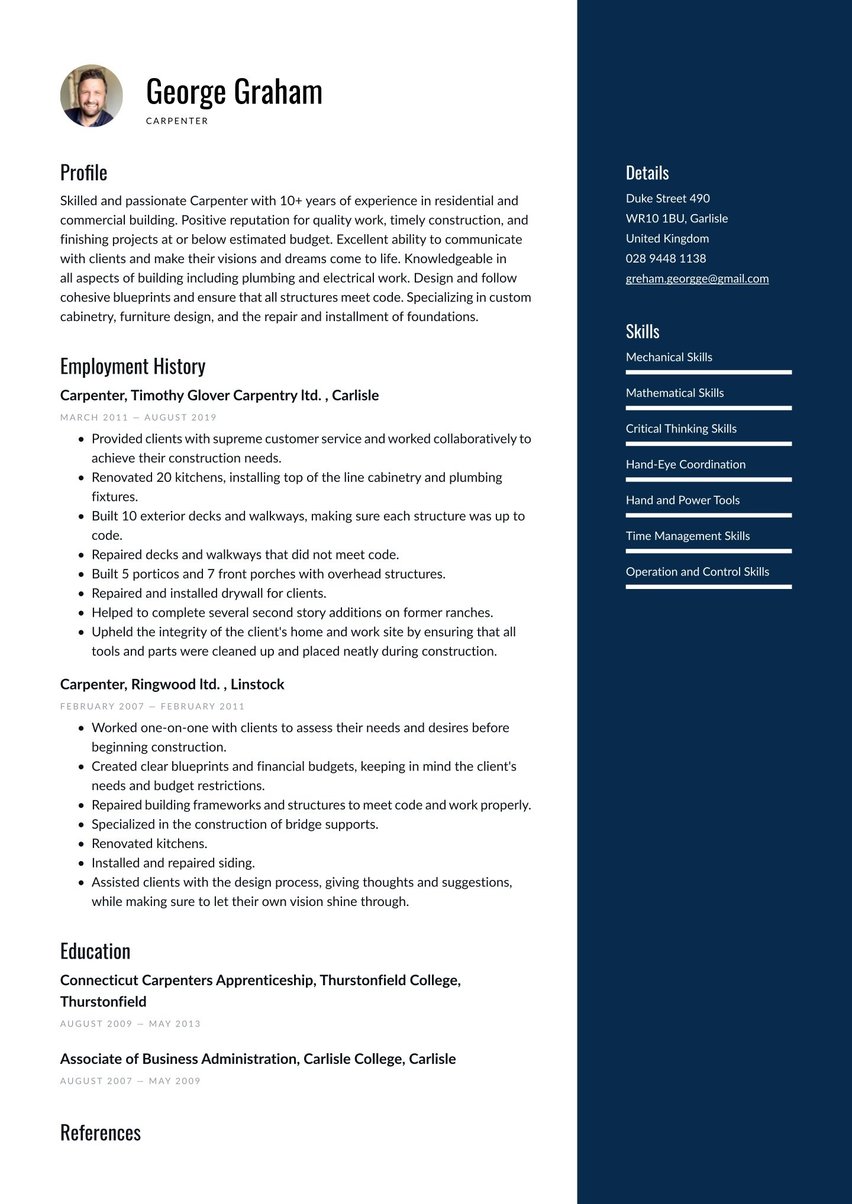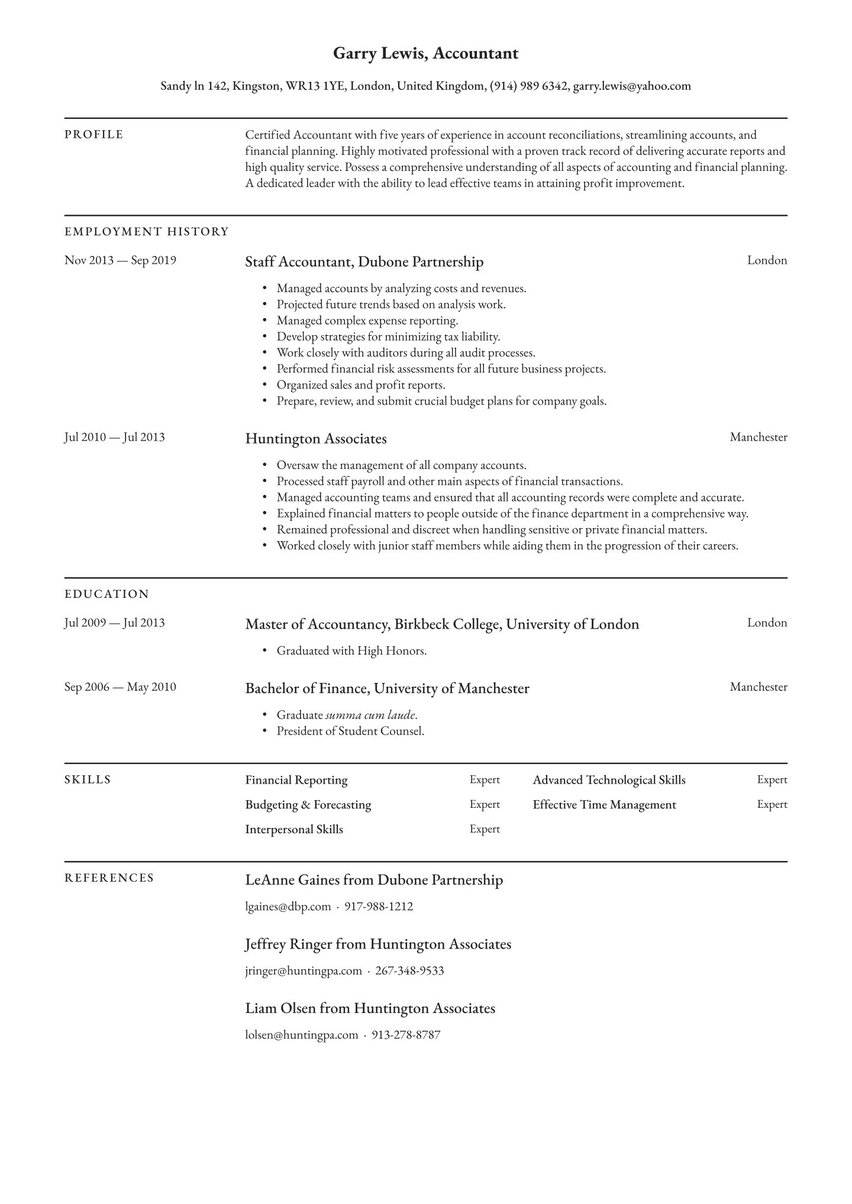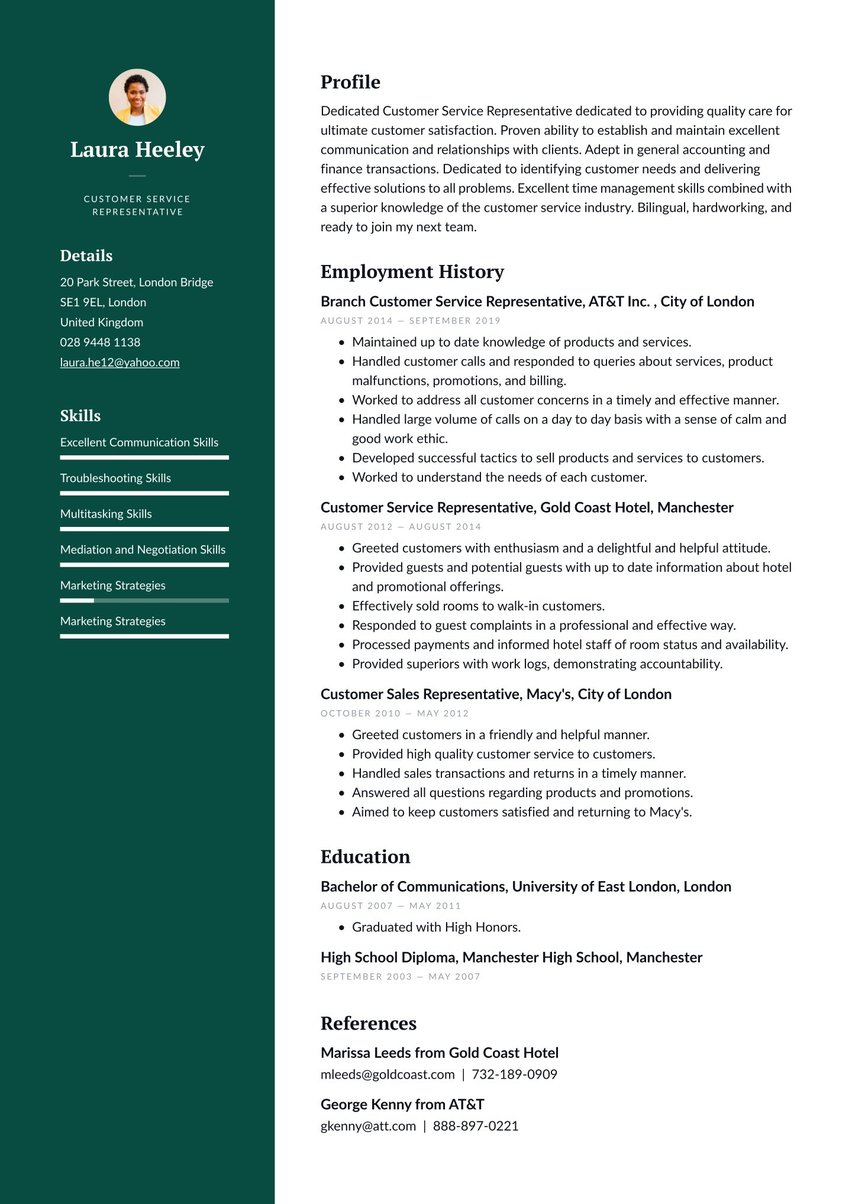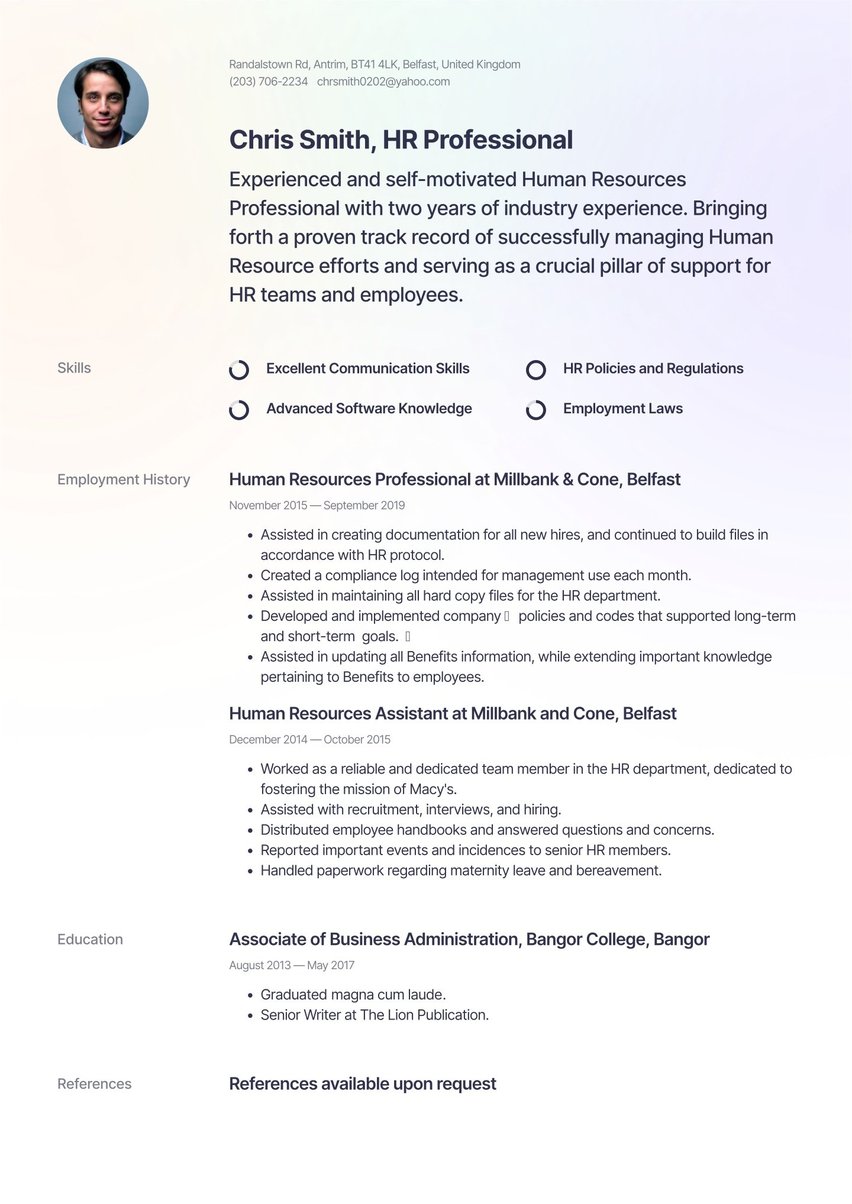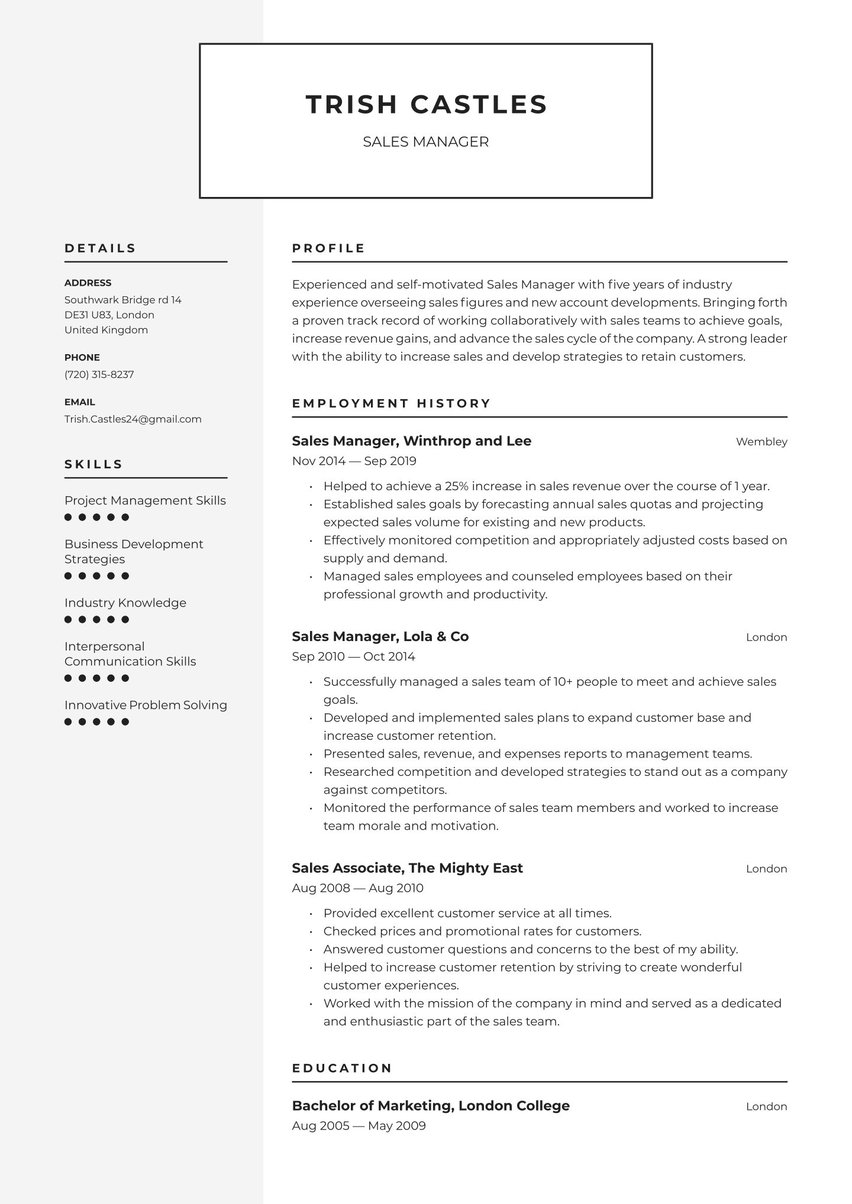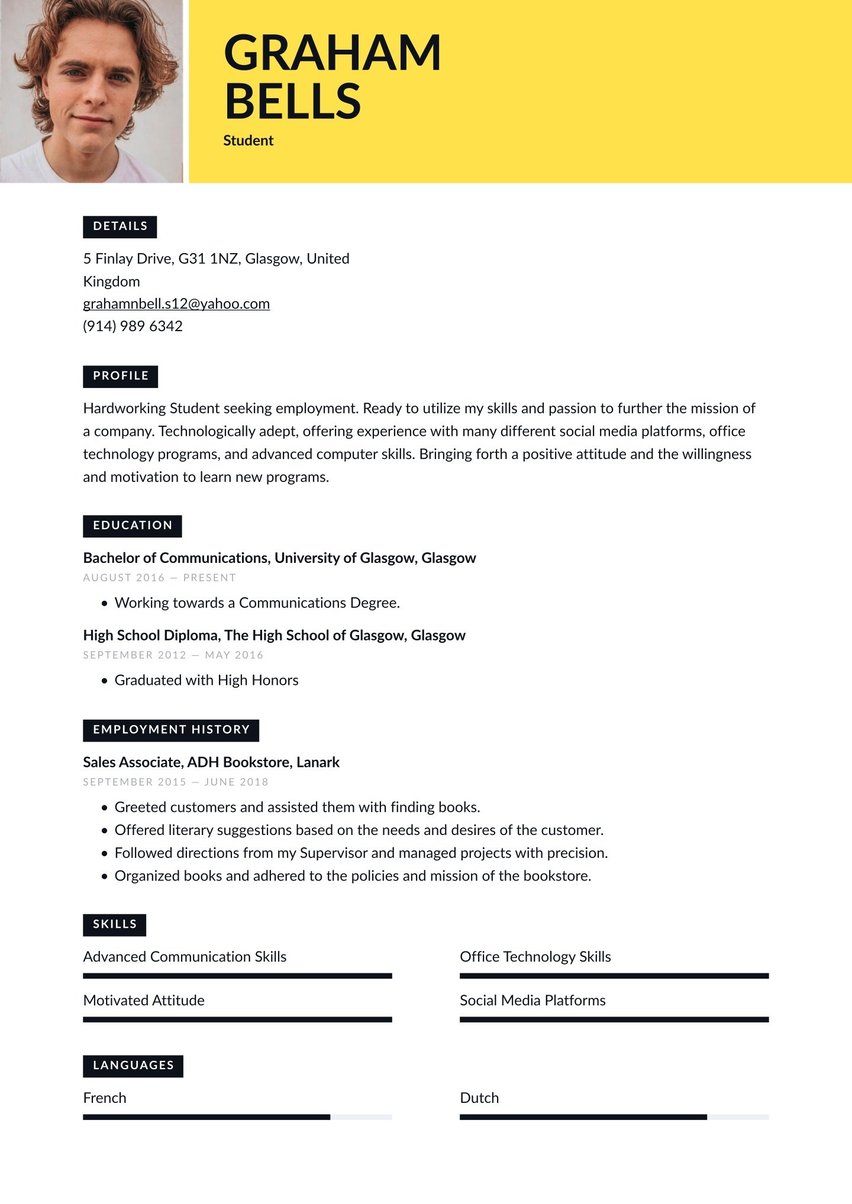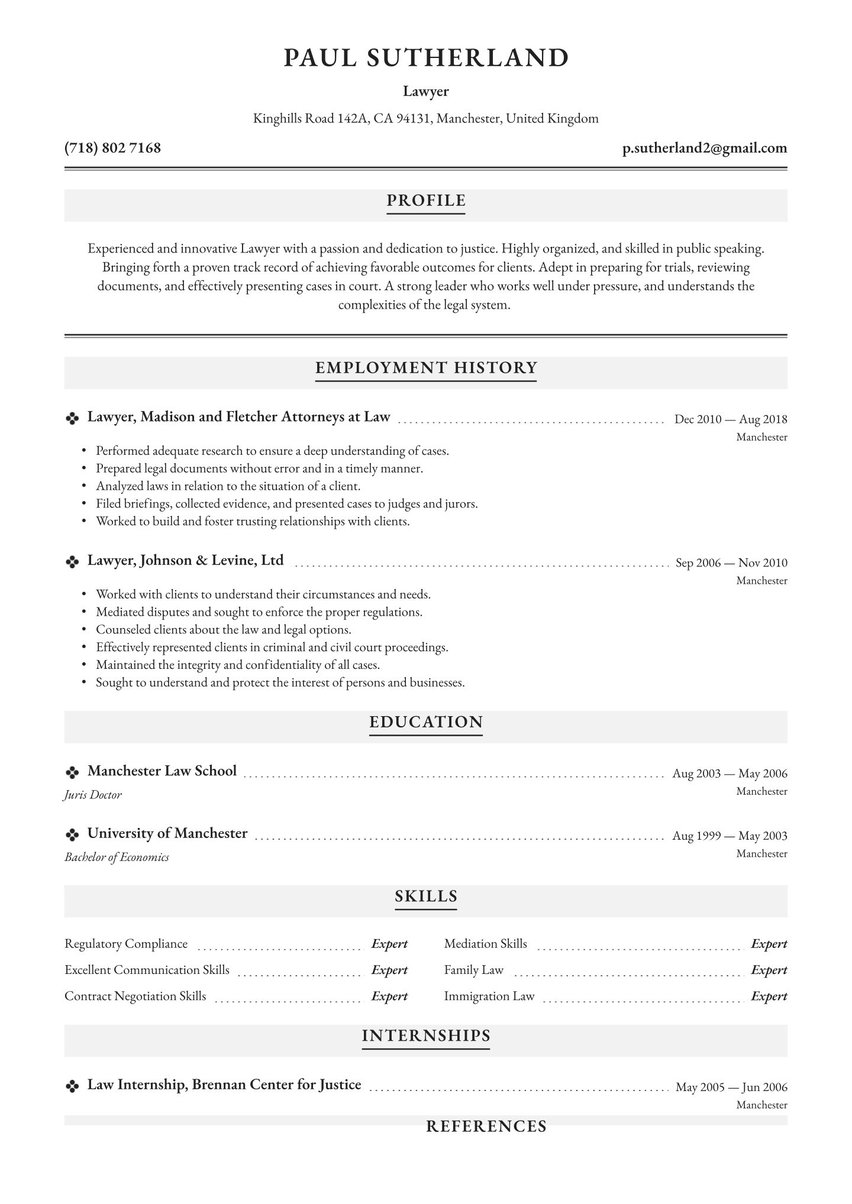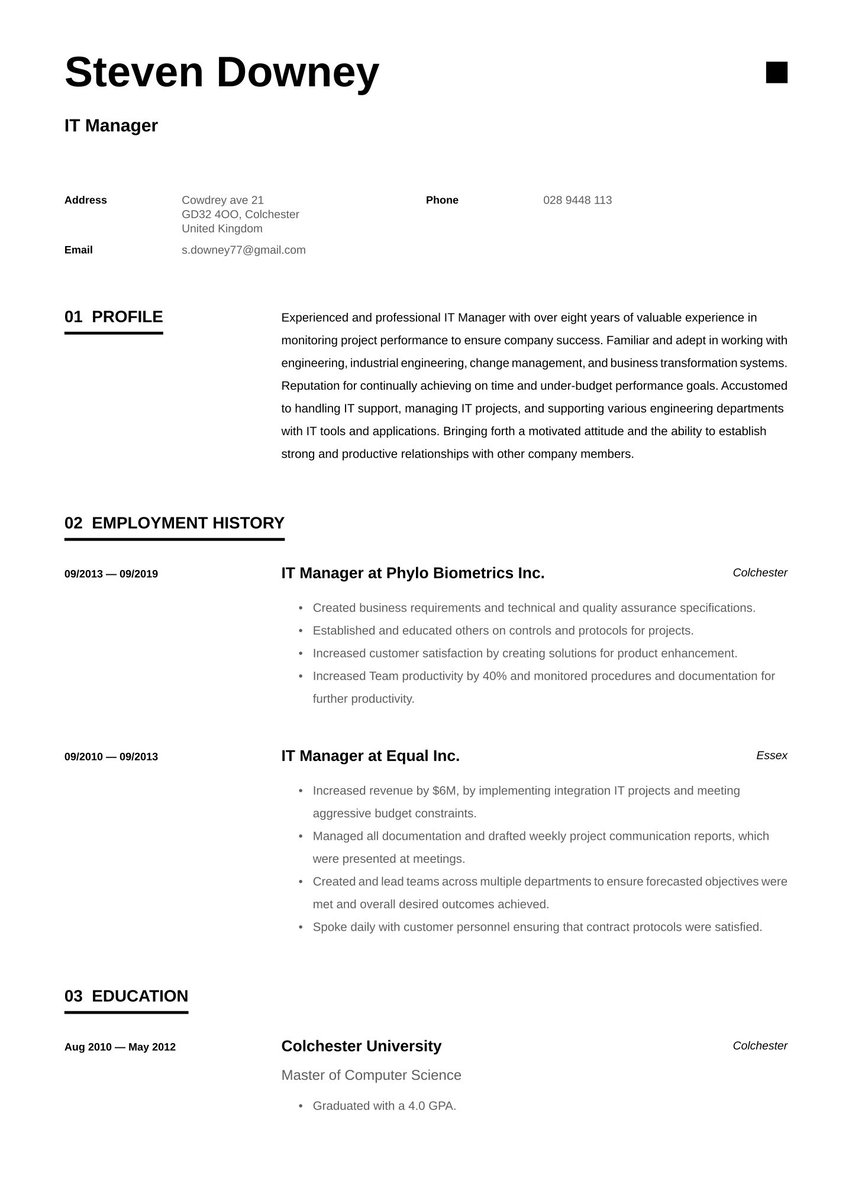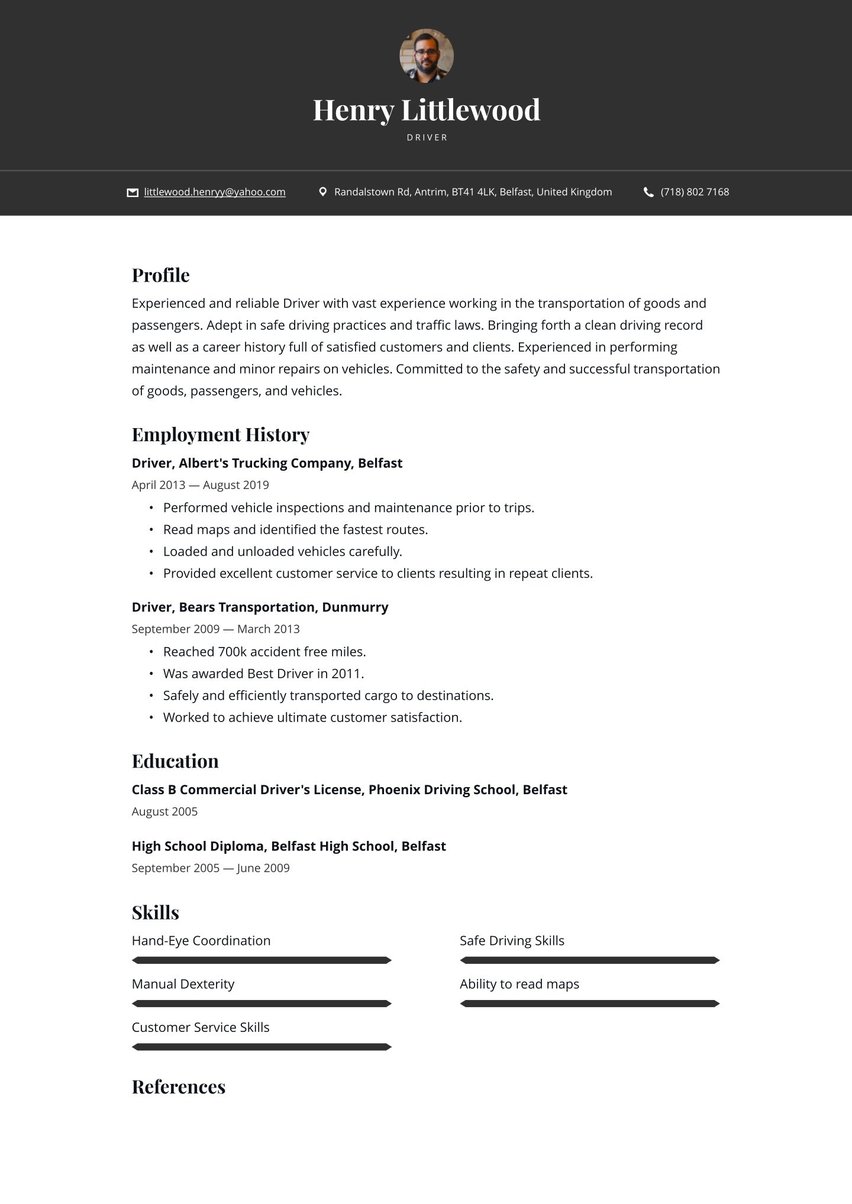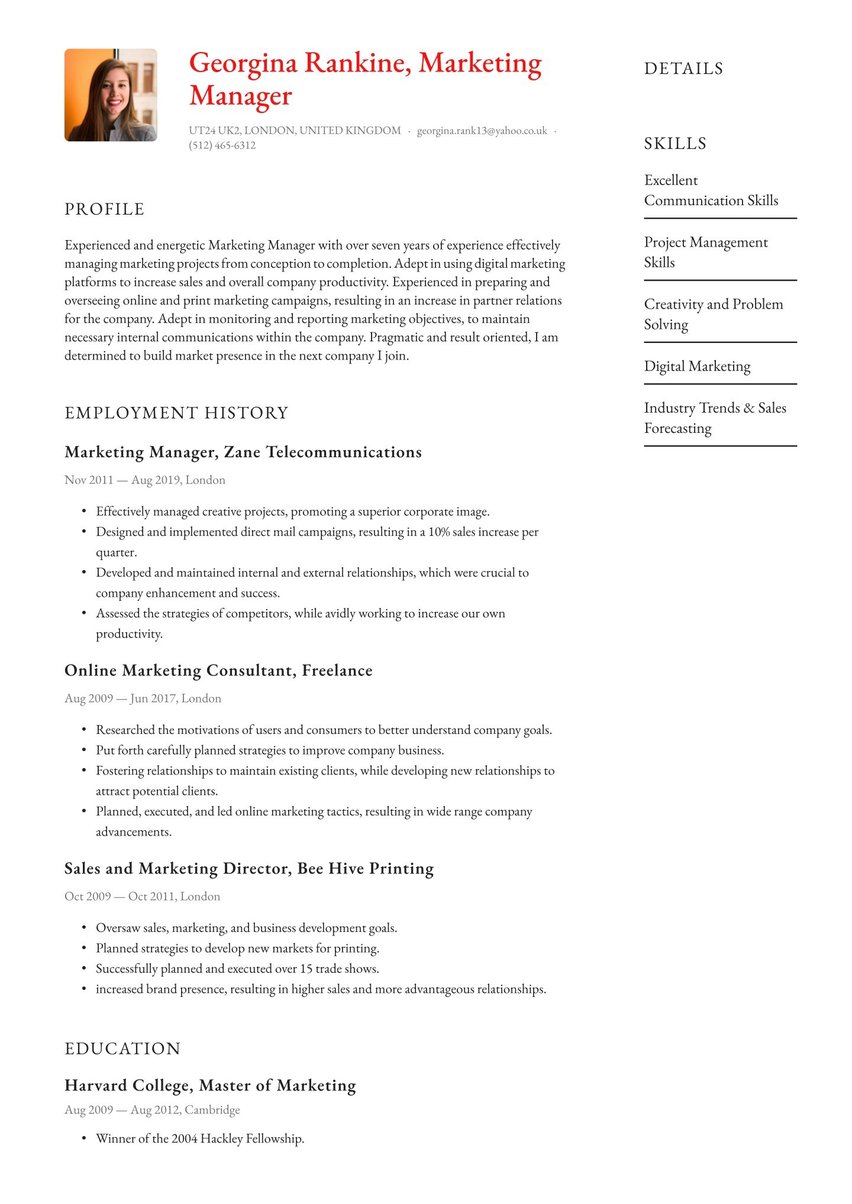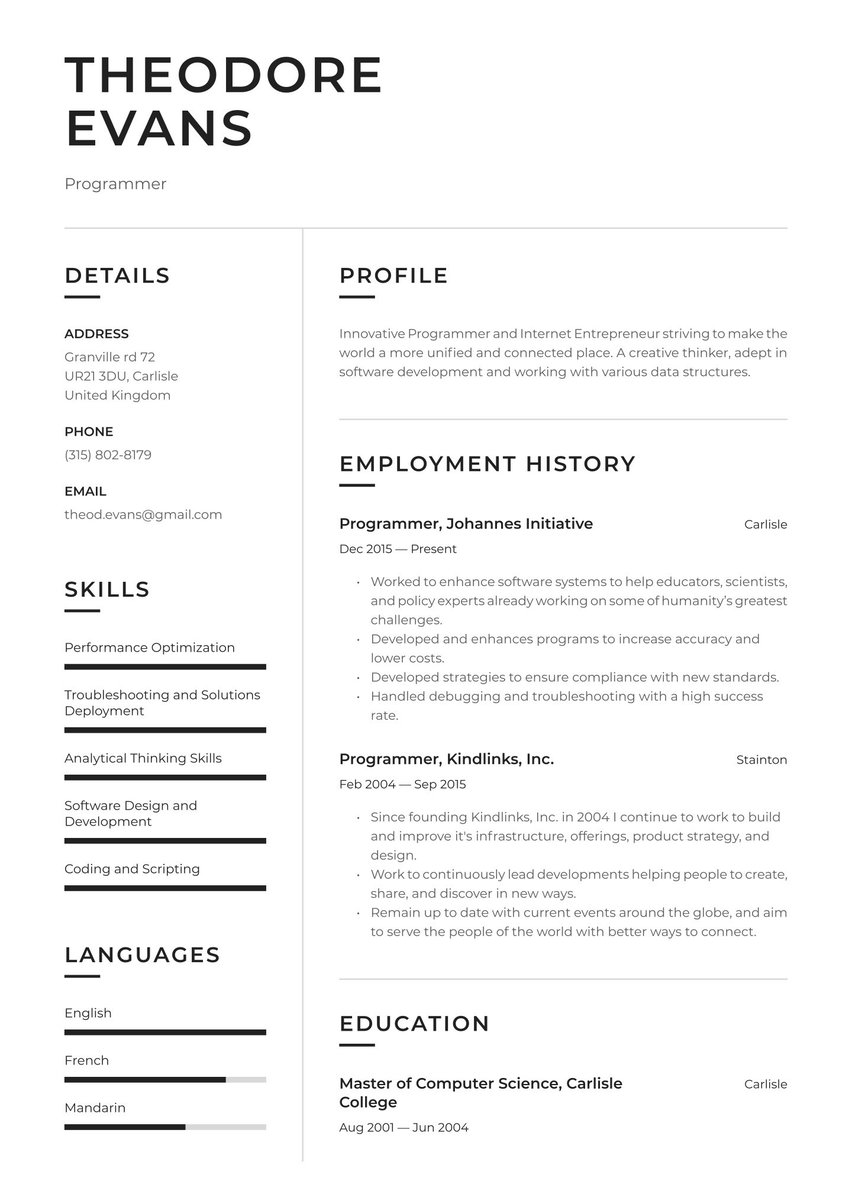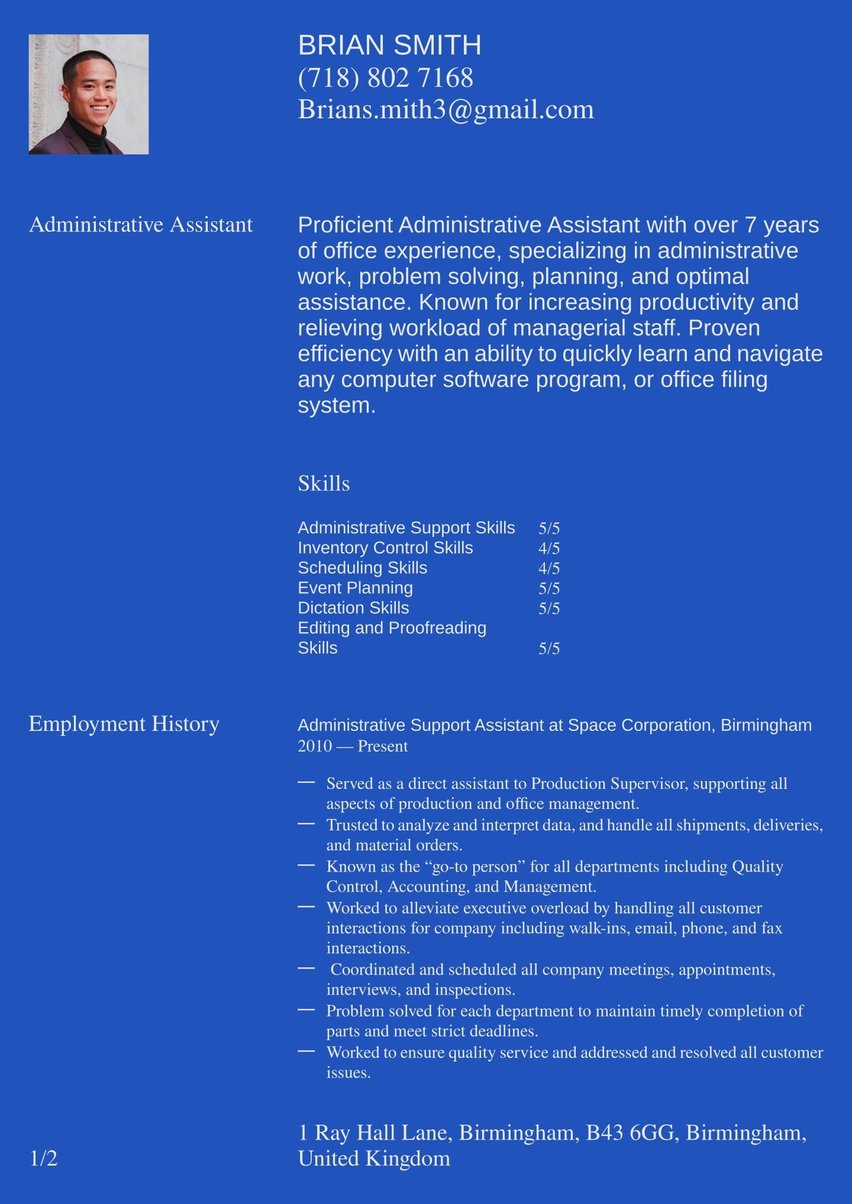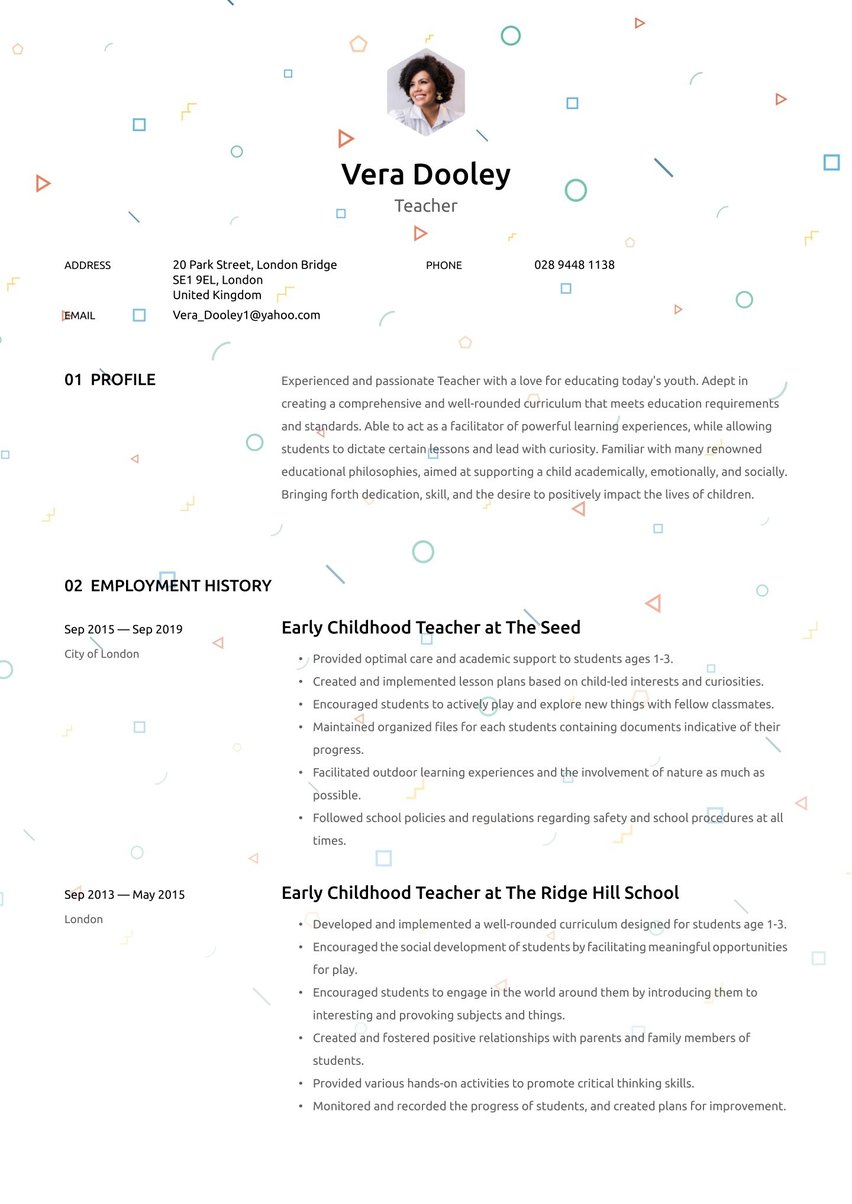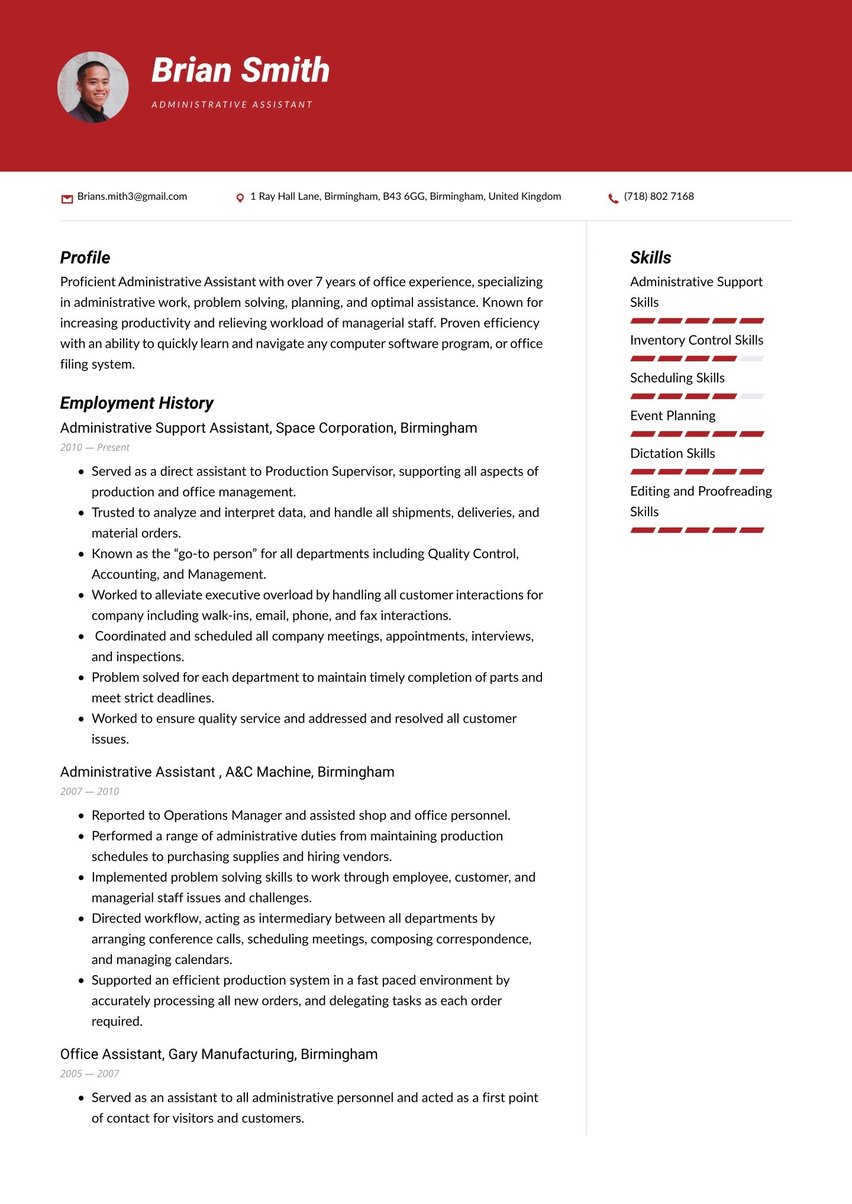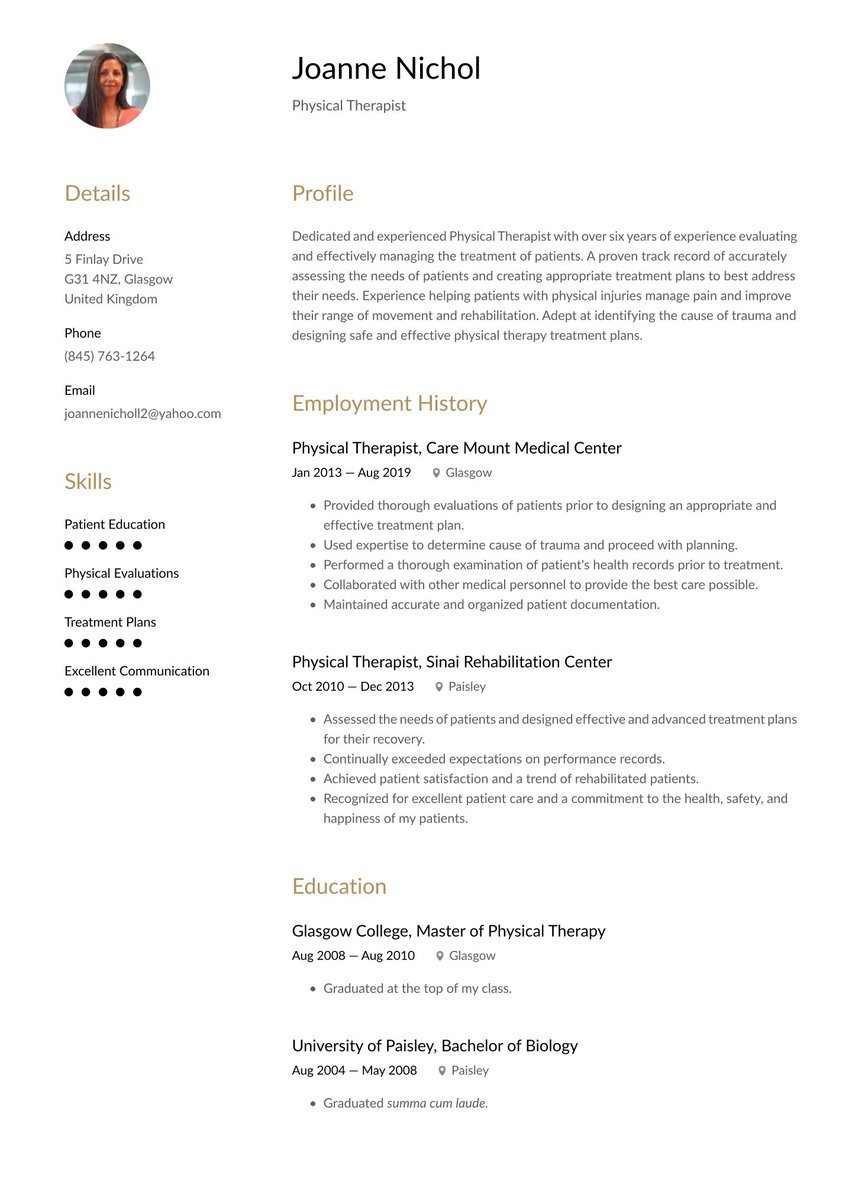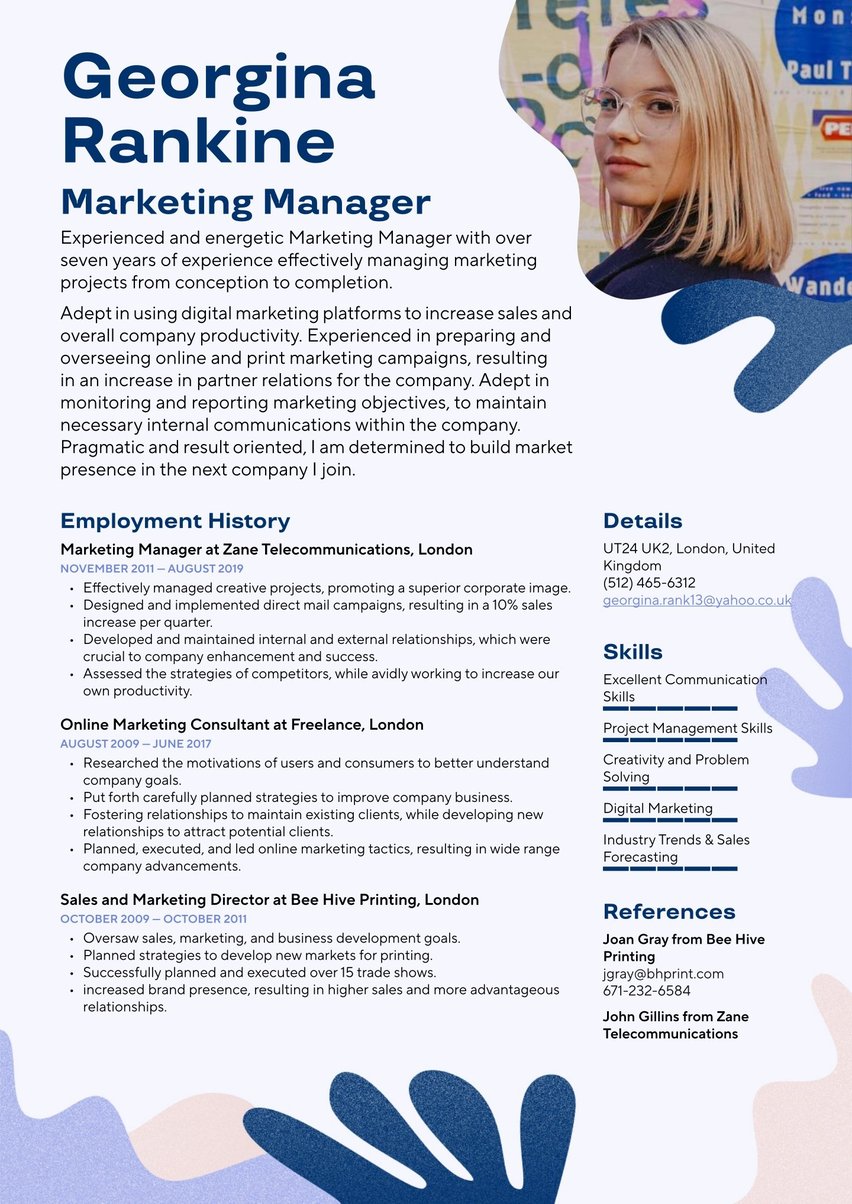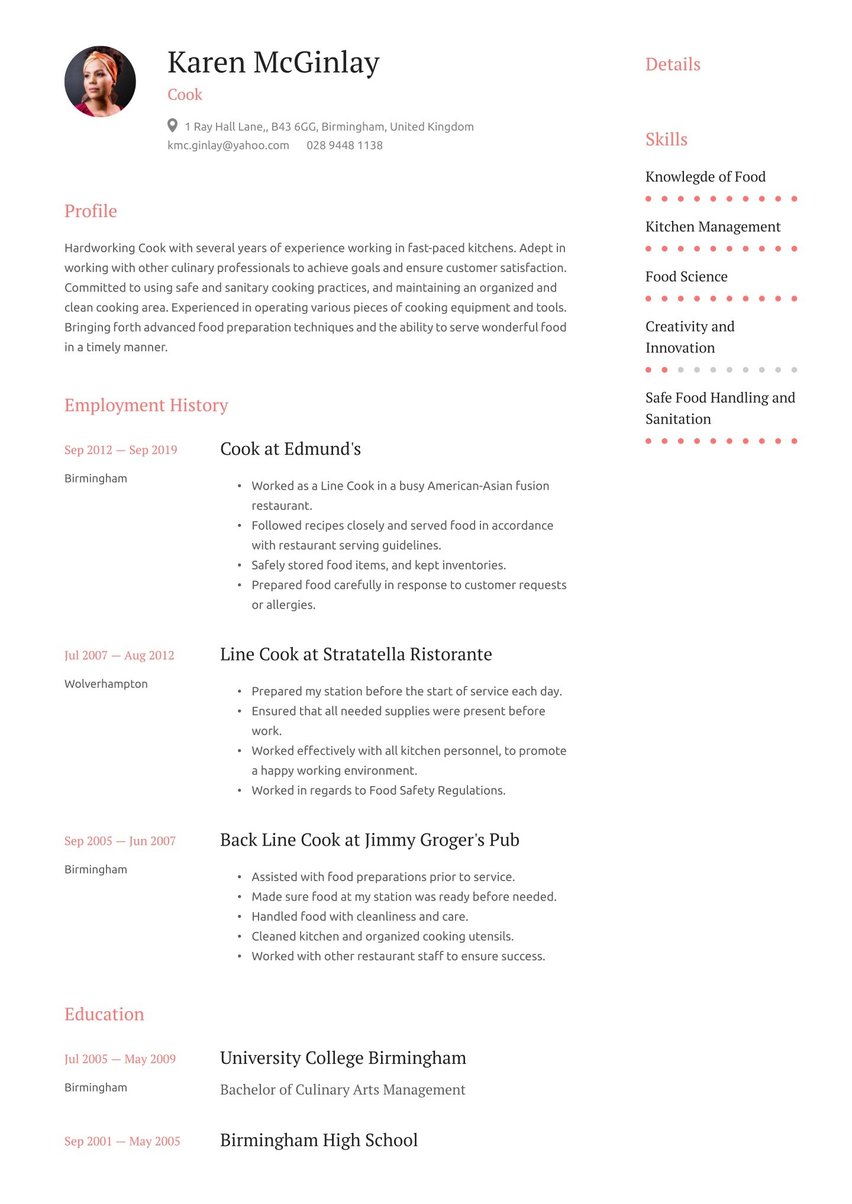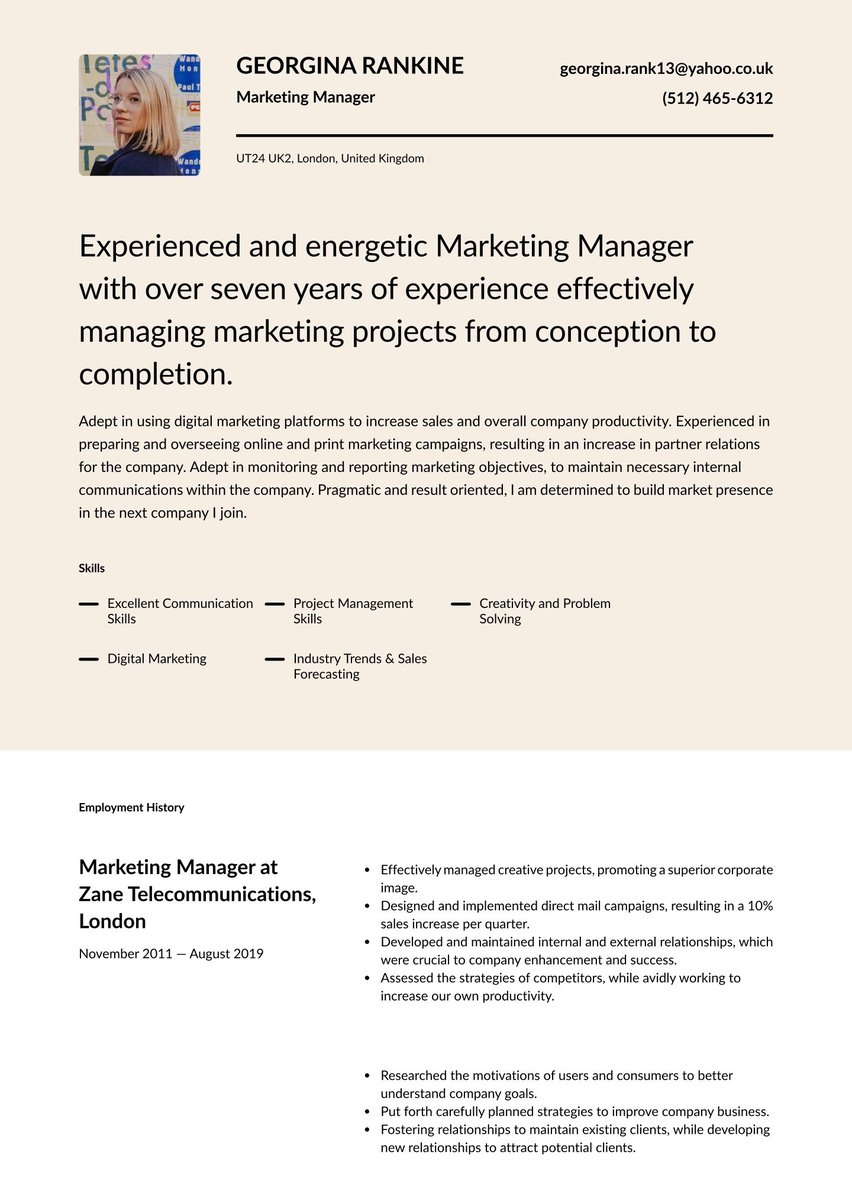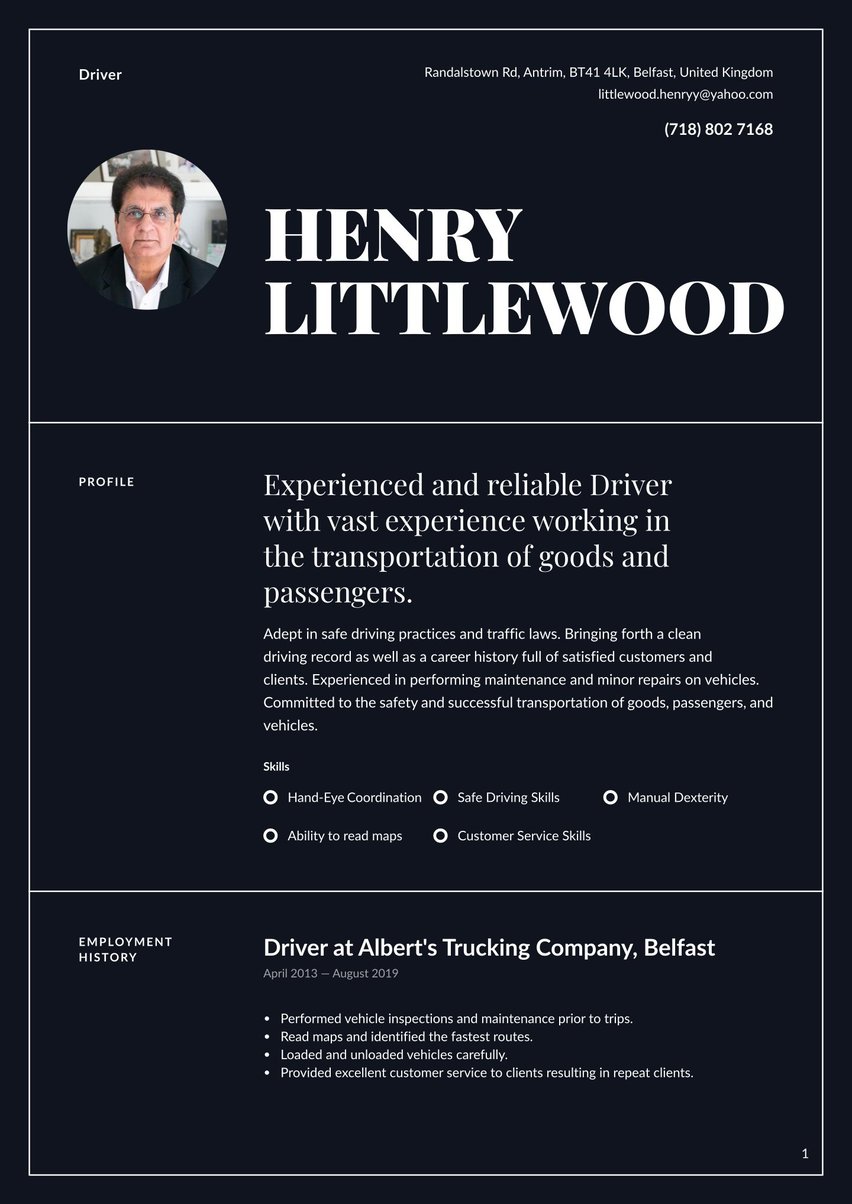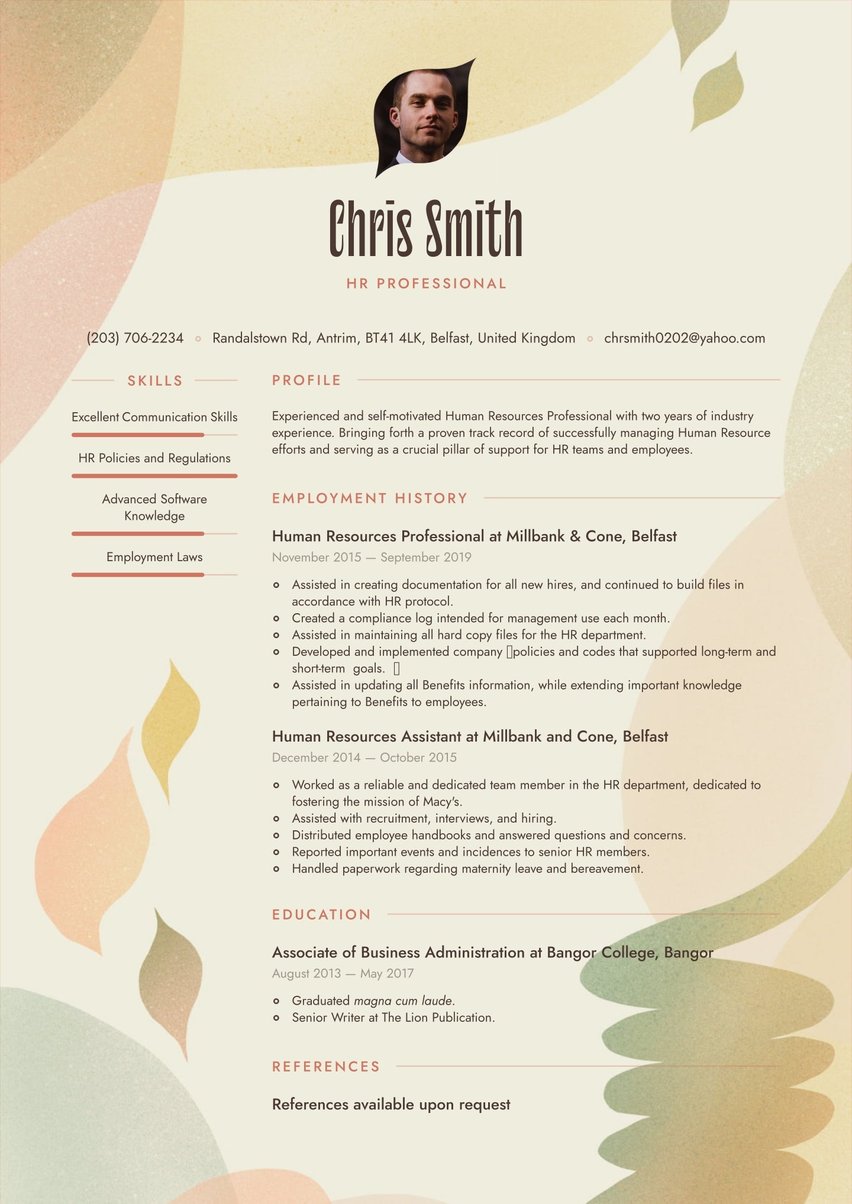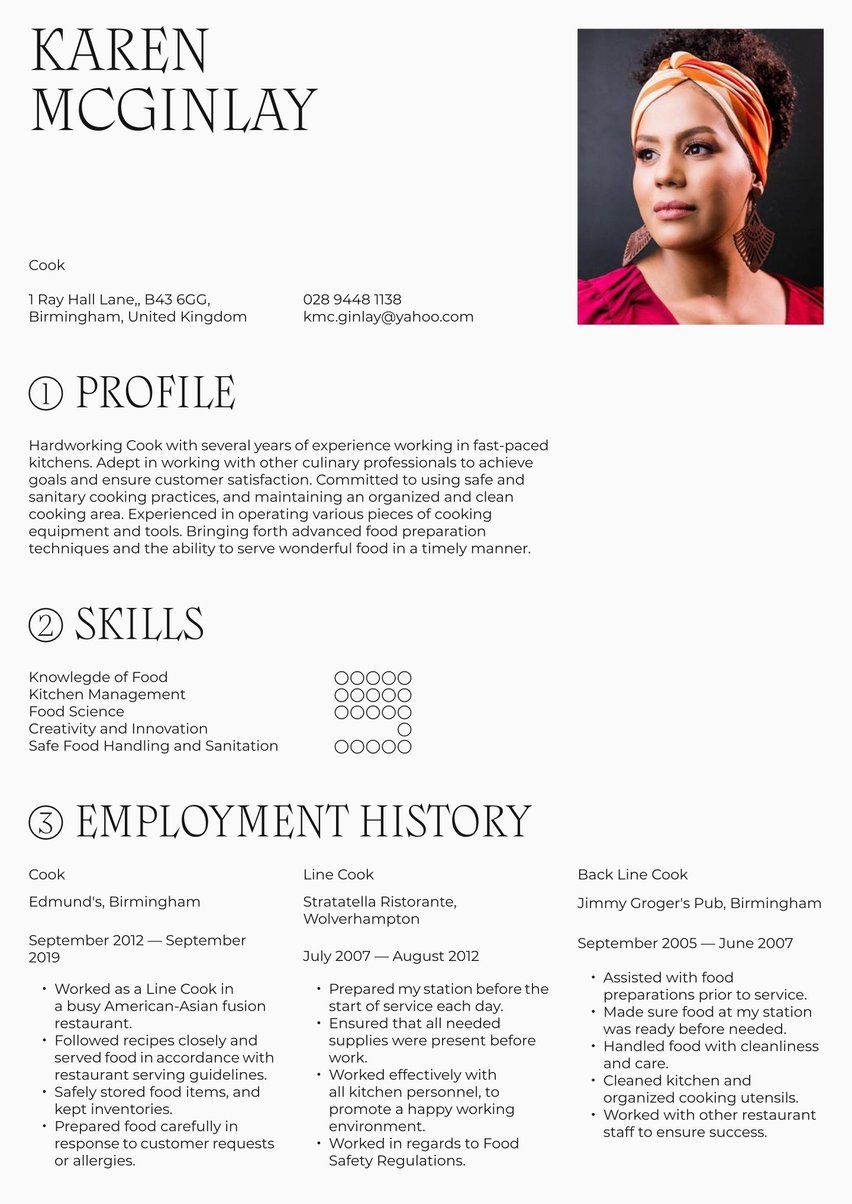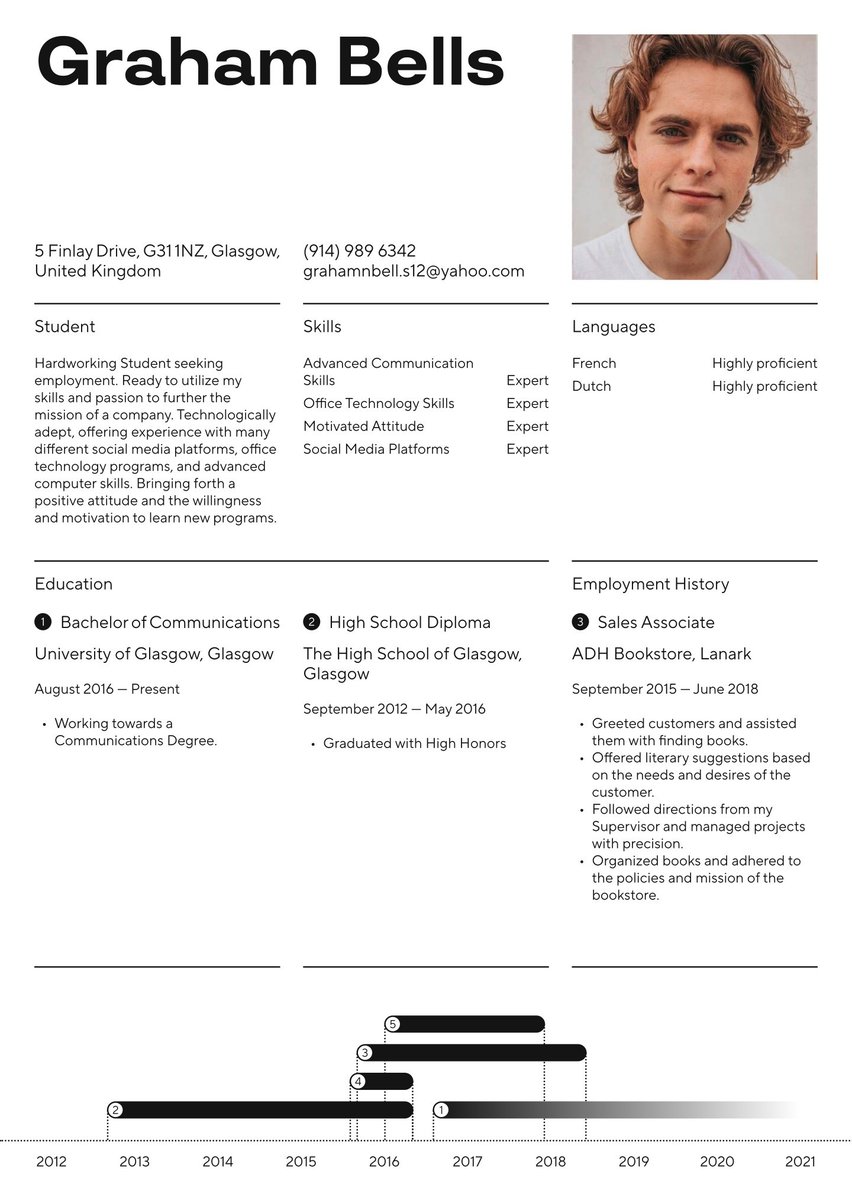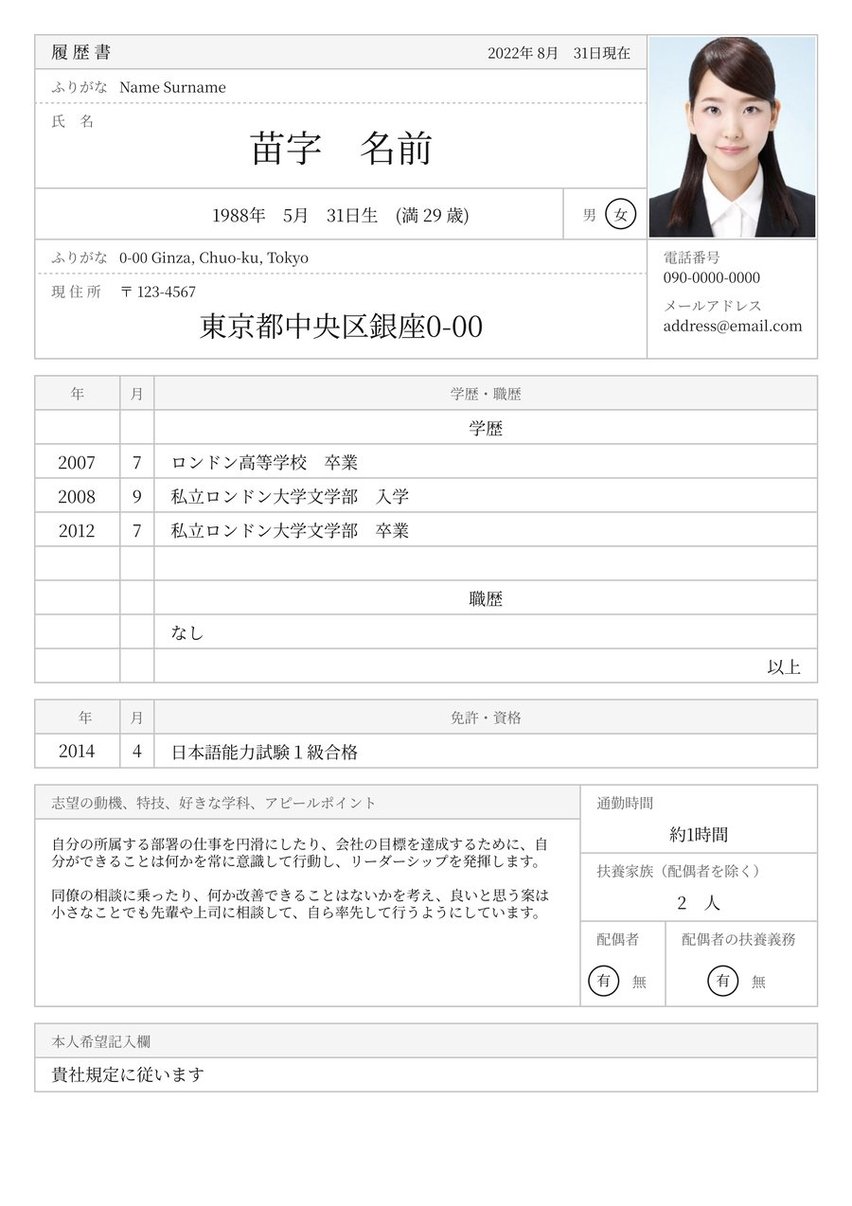Creative, multi-instrumental Musician with extensive experience playing guitar, bass, dobro, pedal steel guitar, theremin, and piano. Passion for performing for live crowds at large events and intimate gatherings. Available for shows around the UK and Ireland.
08/2010 - present, Musician, Self-Employed, London
- Compose original music in various genres, including rock, blues, jazz, and classical.
- Collaborate with other musicians and artists to create a rich, multilayered sound.
- Play lead and rhythm guitar in bands as a session musician.
- Practice multiple instruments daily to improve skill set and range continuously.
- Negotiate and book studio time to record original music.
- Host podcasts and web concerts to increase global reach.
09/2006 - 06/2010, Bachelor of Music, Guildhall School of Music and Drama, London
- Music Composition
- Piano
- Guitar
- Theremin
- Pedal Steel
- Collaboration
- Music & Lyrics
- Rhythm & Tempo
- Rock
- Blues
- Jazz
- Pub Performances
- Private Events
- Outdoor Concerts
Every musician’s career looks different. However, there’s one document that can help you out regardless of your niche. No, we’re not talking about sheet music. We’re talking about a top musician CV.
Resume.io knows a thing or two about writing a CV that gets you in front of the right people. We have dozens of CV examples that are tailored to each profession from our team of professional career writers.
This CV guide, along with the corresponding CV example will cover the following topics:
- What does a musician do?
- How to write a musician CV (tips and tricks)
- The best format for a musician CV
- Advice on each section of your CV (summary, work history, education, skills)
- Professional CV layout and design hints.
What does a musician do?
As a musician, you could work in an orchestra, a musical institution, an entertainment venue, or somewhere else entirely. Musician jobs are often short gigs rather than full-time positions. But in one way or another, you’re creating music.
Depending on your sector, your busiest times are likely to be the weekends, festivals, and holidays. If you dislike travel and irregular schedules, you might have trouble keeping up with life as a busy musician. However, there is also high demand for music teachers. Many musicians focus on receiving or supplementing their income in this way.
Whichever way you look at it, music plays a big part in our lives. We need musicians to make that possible.
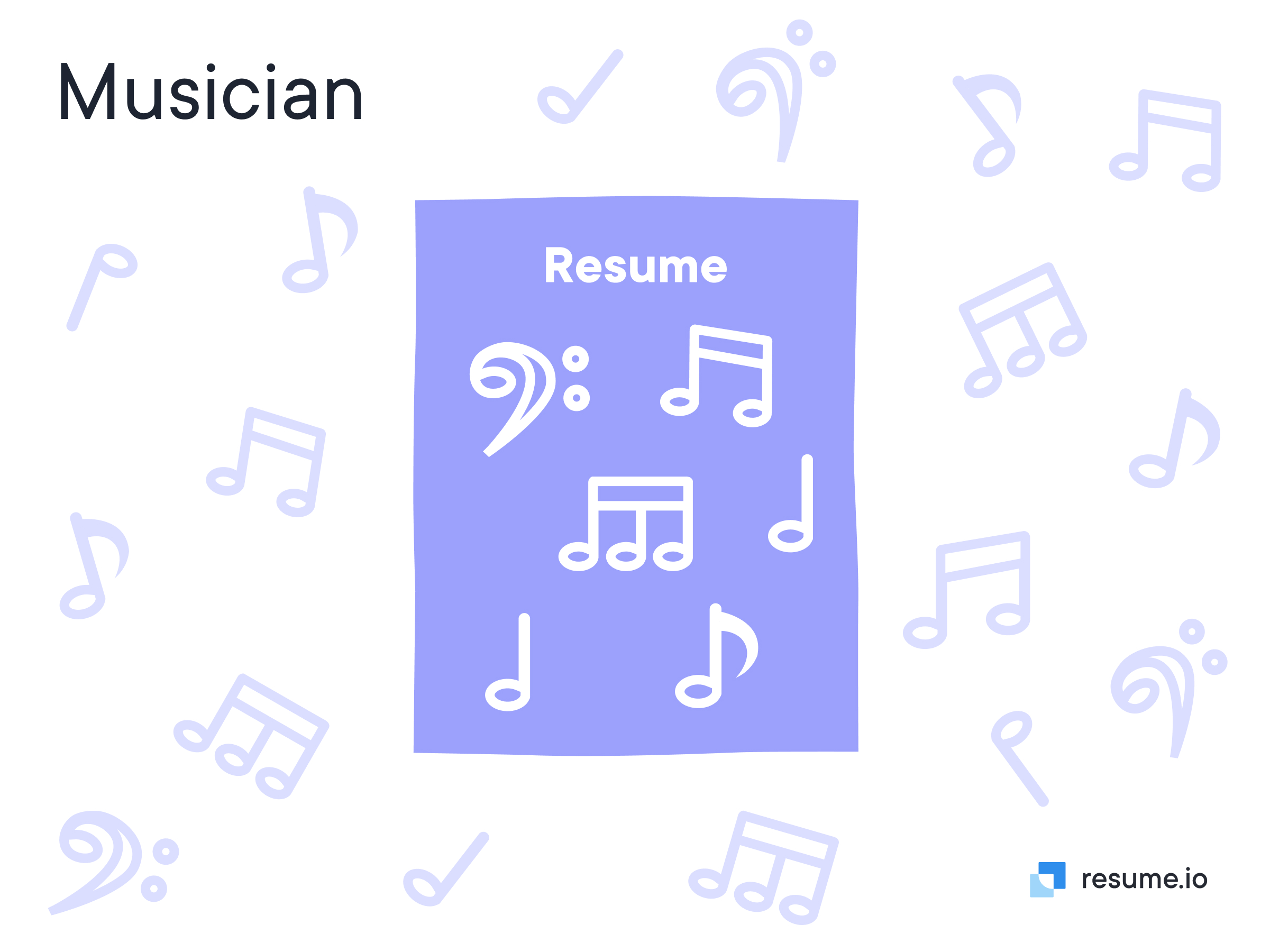
How to write a musician CV
Before you write anything, make sure that your CV contains the following elements:
- The CV header
- The CV summary (aka profile or personal statement)
- The employment history section
- The CV skills section
- The education section
The rest of this guide will take you through the step by step of completing each of these sections so that they’re up to par with the expectations of a hiring manager, agent, or talent manager who will be reading your CV.
Optimise for the ATS
Writing words may not be your forte. However, most companies use an Applicant Tracking System (ATS) to filter only the top scoring CVs for a real human to look at. That means you’ll need to make sure your CV passes the test.
You can do this by including the keywords from the job description. Any words that are repeated or are central to the job title and key responsibilities are likely to be flagged as keywords in the AT
Choosing the best CV format for a musician
The best CV format for a musician CV is the reverse chronological format. This emphasises your past experience and lists your previous positions in reverse chronological order. However, for some roles, your skills or training might be the most important thing to highlight.
Take a moment to consider the best CV format for you before you move onto the following sections.
CV header
Your CV header sets off your CV on the right tone. So make sure your name is clearly legible as well as your role and contact information. Life as a musician can move quickly — you want the hiring manager to be able to contact you easily at a moment’s notice!
CV summary example: your professional motif
To set the scene for the rest of your CV you need a strong CV summary. This should include your most impressive points. This section is what the hiring manager will skim read before deciding whether your CV is worth reading in full.
Your musician CV summary should do what the name suggests: summarise your professional profile. You will have space to build on the themes you introduce in your summary later on in your CV. So make sure that your angle here matches the other sections of your CV, too.
Take a look at the musician CV sample summary below for some inspiration.
Creative, multi-instrumental Musician with extensive experience playing guitar, bass, dobro, pedal steel guitar, theremin, and piano. Passion for performing for live crowds at large events and intimate gatherings. Available for shows around the UK and Ireland.
Employment history sample
The employment history section is usually the most important one in your musician CV.
Include a subheading for each previous job you’ve held. This should include the job title, dates worked, name of employer, and the location of the employment.
Underneath each subheading include several bullet points that summarise the highlights of your time working there. This could include impressive achievements, key responsibilities, or press mentions.
Don’t be afraid to look beyond examples of how musicians list the skills and achievements they’ve shown off in their role. You can also take a look at our hospitality CV example, our teacher CV example, or our career change CV example for some ideas of how to highlight your value as a musician in the employment history section.
Musician at Self-Employed, London
August 2010 - Present
- Compose original music in various genres, including rock, blues, jazz, and classical.
- Collaborate with other musicians and artists to create a rich, multilayered sound.
- Play lead and rhythm guitar in bands as a session musician.
- Practice multiple instruments daily to improve skill set and range continuously.
- Negotiate and book studio time to record original music.
- Host podcasts and web concerts to increase global reach.
Quantify your achievements
Numbers may not be your chosen field. But much like music, quantifying an achievement into cold, hard digits is a language everyone can understand.
- Did you improve revenue for a venue?
- Do your students have an impressive pass rate for their music exams?
- Have you Increased a venue’s tickets sold from their usual numbers?
These are just some examples of how to quantify the value you can bring.
CV skills example
As a musician, you’re most certainly not short on skills. So let’s make sure that you communicate that properly through your CV. List around five of your most pertinent skills in this section.
Your word choice for your skills is important. It should reflect the language used in the job description. That’s another tip to help you to get past that pesky ATS!
Make sure your skills as a musician are listed in order of relevance for the particular job you are applying to. Our CV sample content below shows you how to do just that. Don’t forget to tweak your CV for each job application accordingly.
- Music Composition
- Piano
- Guitar
- Theremin
- Pedal Steel
- Collaboration
- Music & Lyrics
- Rhythm & Tempo
- Rock
- Blues
- Jazz
- Pub Performances
- Private Events
- Outdoor Concerts
Soft skills vs hard skills
Your hard skills are the technical skills you’ve learned such as your ability to play a musical instrument. Soft skills may be harder to teach, but they are just as crucial for a successful musician. They include your ability to problem-solve and communicate effectively. You should include a mix of both on your musician CV.
Musician CV education example
Your training as a musician may or may not be super important to the employer. This depends on your sector. However you should always include your formal education in the education section of your CV.
Include the name of the qualification, the institution you studied at, the dates attended and location. You can also include your final grades if appropriate. Take a look at the musician CV sample content below to see how it’s done. If you have a higher education degree, there is no need to list your secondary education.
Bachelor of Music at Guildhall School of Music and Drama, London
September 2006 - June 2010
CV layout and design
You may be an expert on communicating through sound. However, the visuals for your CV are just as important as its content. Communicate a professional image with a clear template and font choice. Select a simple colour scheme so that your CV doesn’t look too busy.
If you’re struggling with your visual communication, our field-tested CV templates can help you to present your best professional self with minimal time investment.
Key takeaways for a musician CV
- Musician jobs are diverse, so make sure you tweak your CV example to the one you’re applying for.
- The reverse chronological format is usually the best one for a musician CV.
- Optimise your language to pass the pesky ATS algorithm.
- Visuals count too! Make sure your CV looks the part with a professional design.

